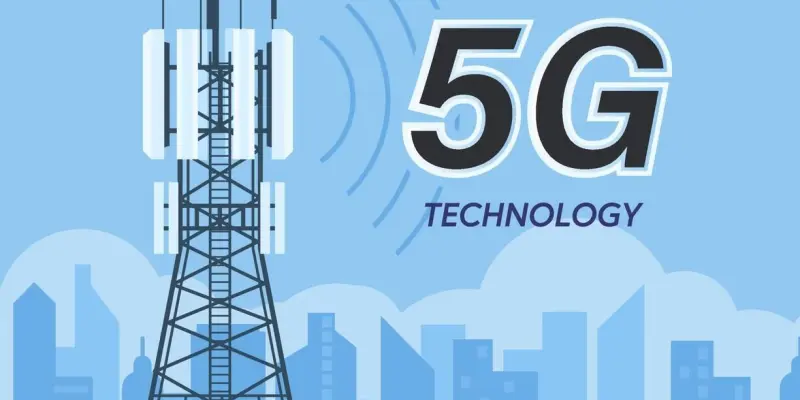Singapore is gearing up for a significant leap in its national security strategies through the deployment of 5G network slicing technology. In an ambitious collaboration, Singtel has partnered with the Defence Science and Technology Agency (DSTA) and the Home Team Science and Technology Agency (HTX) to introduce this next-generation network architecture across the nation. This initiative aims to leverage features such as high-speed connectivity, low latency, and dedicated bandwidth that are intrinsic to 5G technology for bolstering the nation’s defense and security capabilities. These features are particularly vital for the operation of autonomous vehicles, robotics, and artificial intelligence, all of which require rapid and reliable data transmission. The advanced network is set to revolutionize how first responders make crucial decisions during emergencies by providing swift and secure data analysis.
Enhancing Defense Through Technology
Ng Tian Chong, the CEO of Singtel Singapore, underscored the importance of national security in the face of increasingly complex and cross-border threat landscapes. The partnership capitalizes on the success of a groundbreaking trial conducted in July 2024 on Sentosa Island. During this trial, 5G technology was utilized for video transmissions and the autonomous control of unmanned vehicles, demonstrating its potential for defense operations. This trial had the strong backing of the Digital and Intelligence Service and the Future Systems and Technology Directorate from the Ministry of Defence, further validating the performance and reliability of 5G technology for various defense-related applications.
Wong Chia Sern from DSTA pointed out that the high-bandwidth and low-latency characteristics of 5G technology make it exceptionally suited for enhancing numerous defense applications. This includes the seamless and secure transmission of large volumes of data, which is crucial for modern defense systems that rely heavily on real-time information. Similarly, Vincent Ho from HTX emphasized the necessity of having reliable and stable connectivity for Home Team operations. This is particularly indispensable during high-demand scenarios where conventional data transmission speeds might falter, thereby jeopardizing critical operations. By ensuring that data can be transmitted without delay, 5G network slicing can considerably enhance the effectiveness and responsiveness of national security measures.
Collaborative Efforts for Advanced Security
Since achieving nationwide 5G coverage in 2022, Singtel has actively partnered with public and private sector agencies to explore security applications. These efforts include remote surveillance and securing communications during large-scale events, highlighting the adaptability of 5G technology in national security. Singtel has also launched Southeast Asia’s first national quantum-safe network, complemented by a pilot program to prepare businesses for threats posed by quantum computing. These initiatives align with Singapore’s Digital Connectivity Blueprint, focusing on protecting enterprises and critical infrastructure while fostering a digital economy.
The collaboration between Singtel, DSTA, and HTX shows a shared commitment to using cutting-edge technology to enhance defense and security. There is a consensus on 5G technology’s critical role in boosting national security and operational efficiency. Singapore is proactively building resilient digital infrastructure through 5G network slicing, ensuring success in a changing threat environment. This advanced technology enhances current security measures and sets the stage for innovative and effective future defenses. The benefits are numerous, signaling a stronger, more secure nation.

